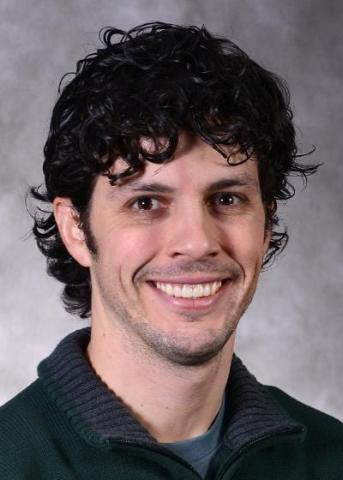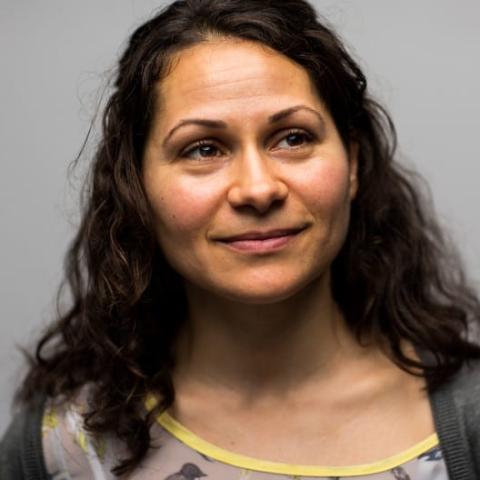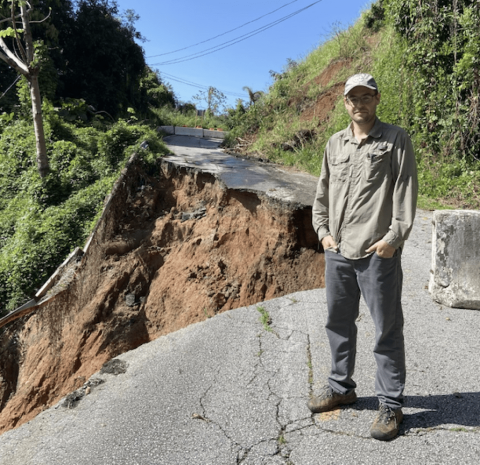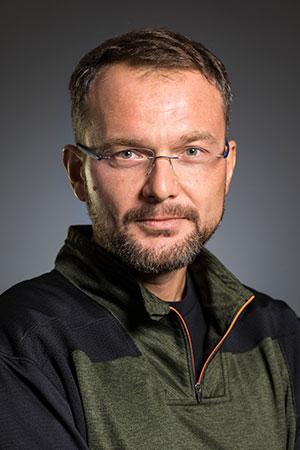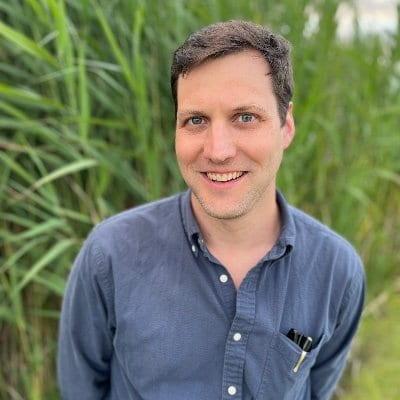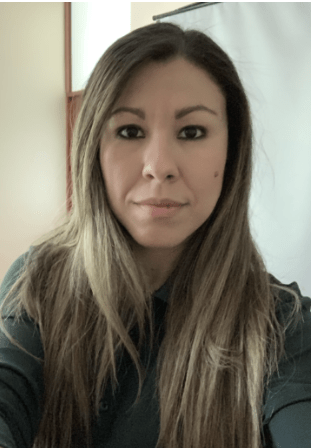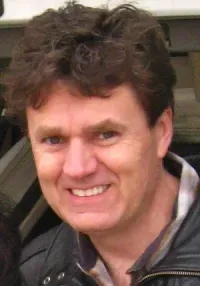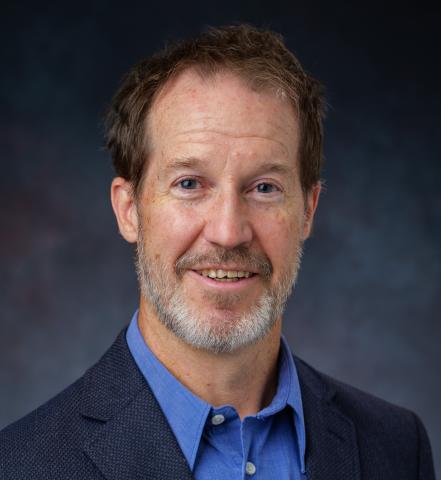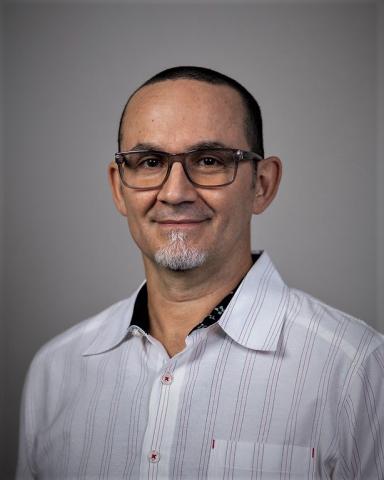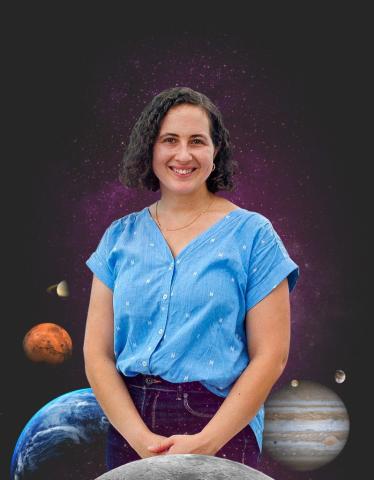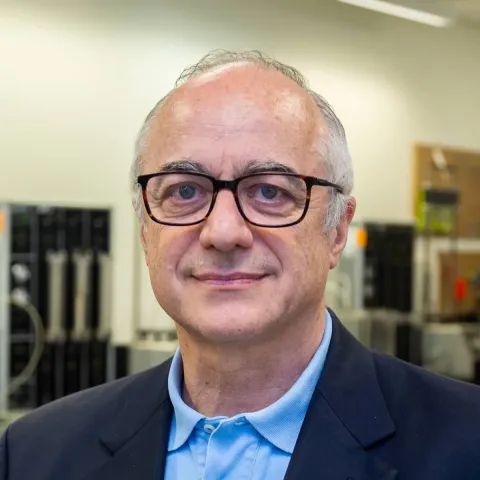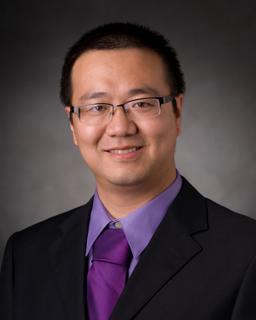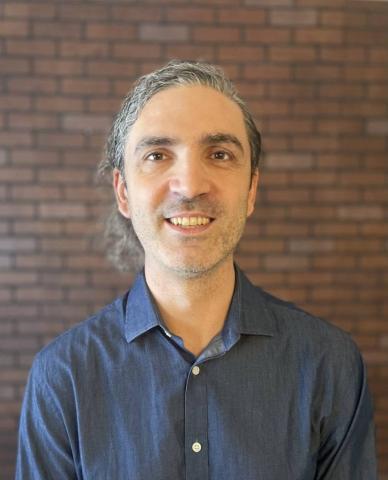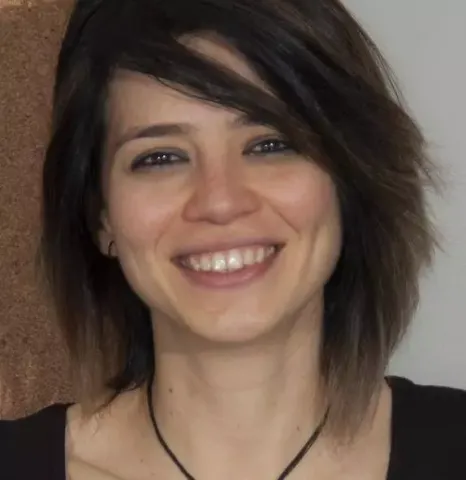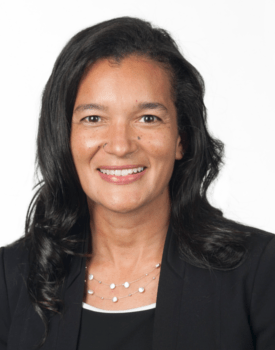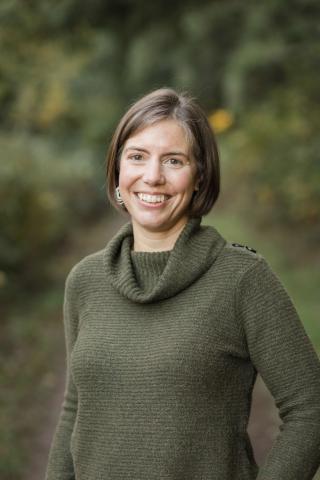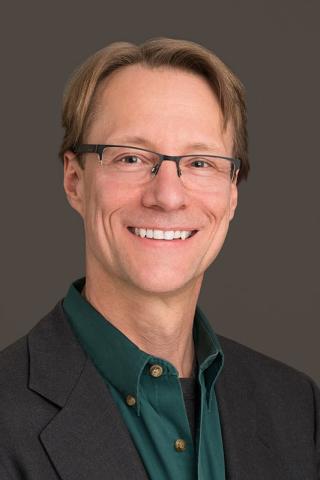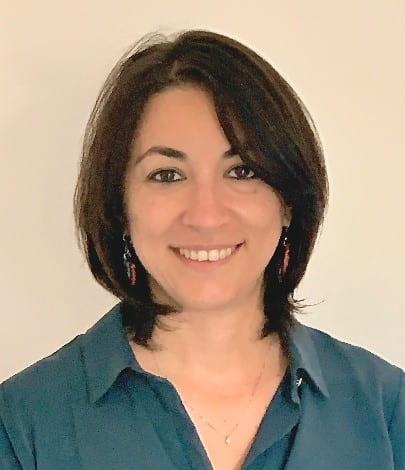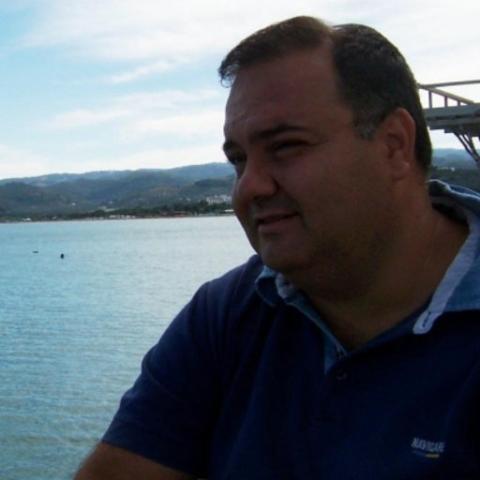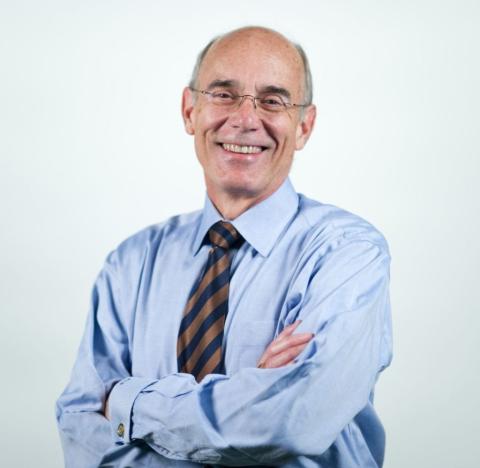
A native of Puerto Rico, Rafael L. Bras is a Professor in the School of Earth and Atmospheric Sciences and the School of Civil and Environmental Engineering at the Georgia Institute of Technology. He holds the K. Harrison Brown Family Chair. He works in the field of hydrology with particular interest on land-atmosphere-biosphere interactions. Dr. Bras was Provost and Executive Vice President for Academic Affairs at the Georgia Institute of Technology. Prior to becoming provost, Dr. Bras was Distinguished Professor and Dean of the Henry Samueli School of Engineering of the University of California, Irvine (UCI). For 32 years prior to joining UCI, he was a professor in the departments of Civil and Environmental Engineering and Earth, Atmospheric and Planetary Sciences at MIT. He was Chair of the MIT Faculty and head of the Civil and Environmental Engineering department. He has served as advisor to many government and private institutions, including serving in the NASA Advisory Committee, the Secretary of Energy Advisory Board and The Presidential Medal of Science Committee.
Dr. Bras is an elected member of the U.S. National Academy of Engineering, the Academy of Arts and Sciences of Puerto Rico, and is a corresponding member of the Mexican National Academy of Engineering and the Mexican National Academy of Sciences. He also is an elected Fellow of AGU, the American Society of Civil Engineers, the American Meteorological Society, and the American Association for the Advancement of Science. He has received several honorary degrees among many other honors and awards. Dr. Bras has published two textbooks, over 240 refereed journal publications, and several hundred other publications and presentations.

